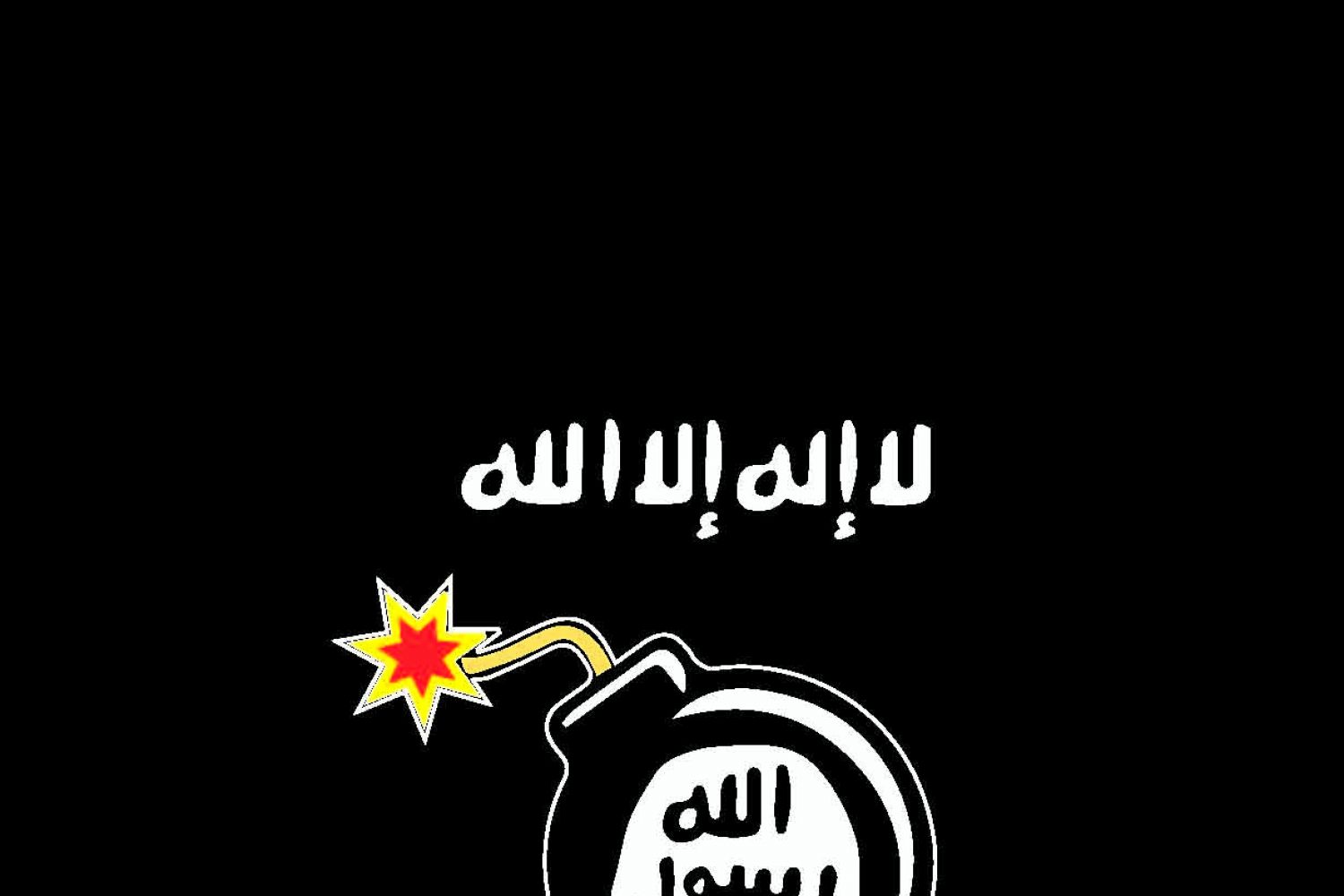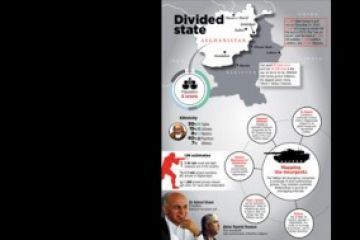
After 104,724 bomb strikes covering three and half years by the alliance forces, in December 2017 the Central Command of the United States announced: “ISIS is now reduced to a group of 1,000 terrorists with near total loss of territory.”Ruling over a 100,000 sq. km swathe of territory in Iraq and Syria the size of the United Kingdom, ISIS commanded an army of 40,000 from 110 countries in its heyday. With its own geography and a promise to revive the glories of the medieval Islamic caliphate u
Continue reading “The caliphate is over but not the terror it spawned”
Read this story with a subscription.





